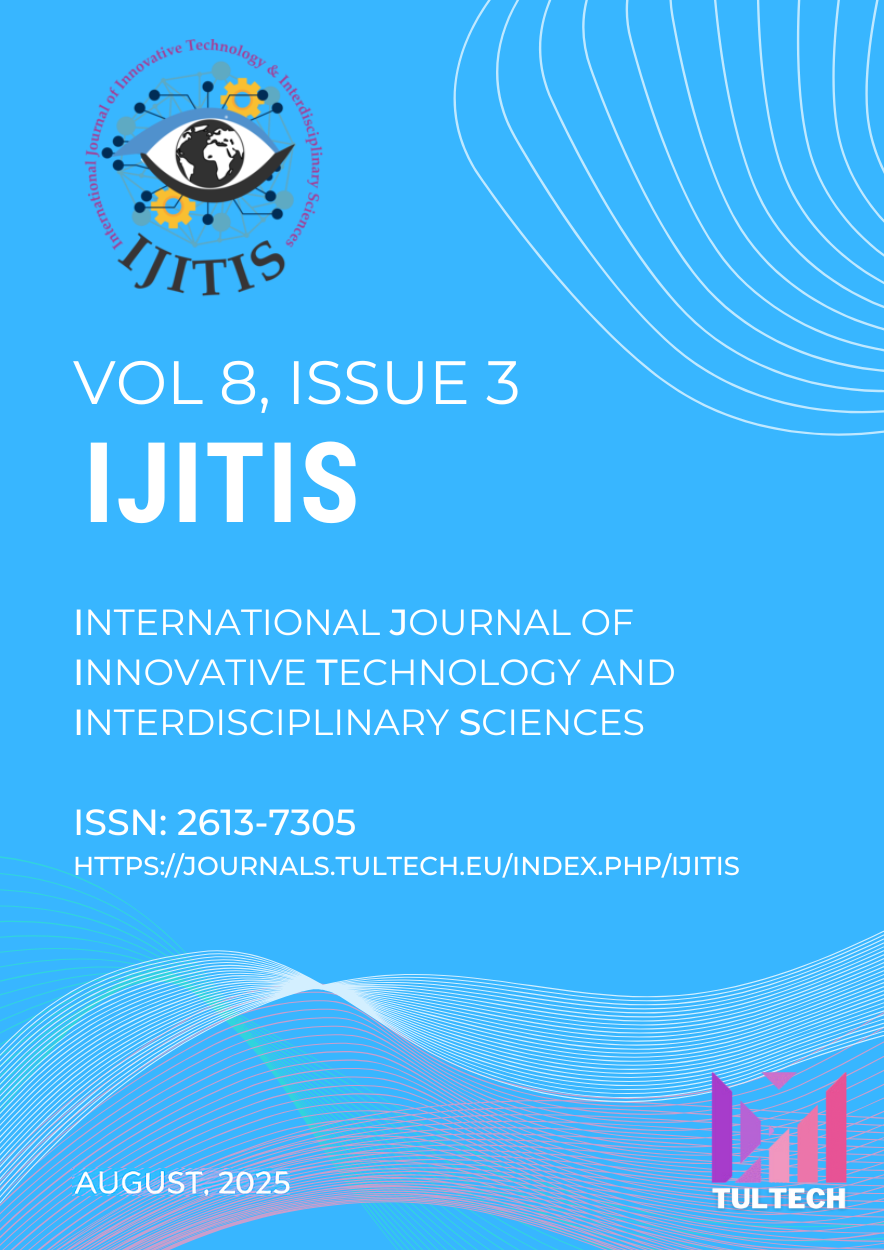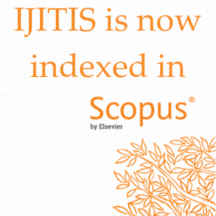Assessment of Seasonal Fluctuations in Heavy Metal and Bacterial Pollution in the Euphrates River near Najaf, Iraq
DOI:
https://doi.org/10.15157/IJITIS.2025.8.3.624-641Keywords:
Heavy Metals, Seasonal Variation, Bacterial pollution, Euphrates RiverAbstract
This research work assessed seasonal variations in physicochemical parameters, heavy metals, and bacterial contamination in the Euphrates River near Najaf, Iraq, from December 2023 to November 2024. Results revealed marked seasonal fluctuations in water temperature, ranging from 14.80 ± 2.04 °C in winter to 30.31 ± 1.01 °C in summer. Total dissolved solids (TDS) were highest in winter (924.19 ± 44.26 mg/L) and lowest in summer (652.74 ± 37.50 mg/L). While pH, dissolved oxygen (DO), and biochemical oxygen demand (BOD5) remained within international standards, TDS exceeded the World Health Organization (WHO) aesthetic guideline, and concentrations of lead and cadmium surpassed both WHO and U.S. Environmental Protection Agency (USEPA) limits. Lead concentrations increased substantially from spring (0.05 ± 0.02 mg/L) to autumn (1.47 ± 0.31 mg/L). Total coliform bacteria (TCB), indicative of faecal contamination, were present in all samples. Correlation analyses suggested that industrial effluents and untreated sewage represent common sources of heavy metals and bacterial pollutants. The findings indicate that the Euphrates River water in this region is unsuitable for direct consumption without advanced treatment and presents significant risks to human health and the aquatic ecosystem.
Downloads
Published
How to Cite
Issue
Section
License
Copyright (c) 2025 Karrar Abbas Zwain, Mohammed Jawad Al-Haidarey

This work is licensed under a Creative Commons Attribution 4.0 International License.








